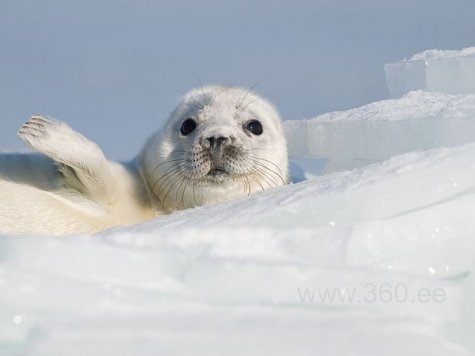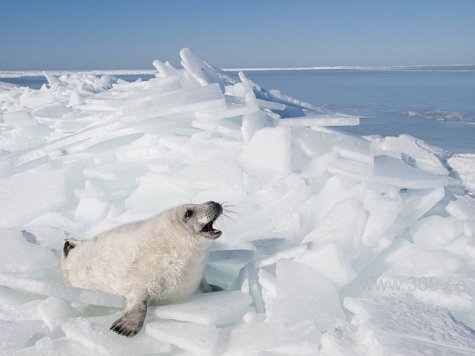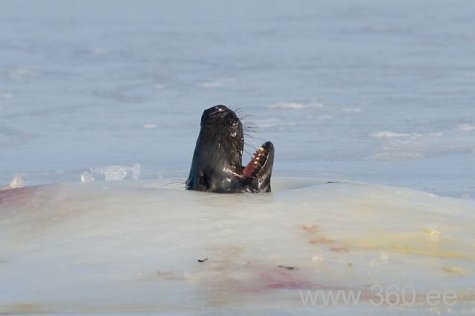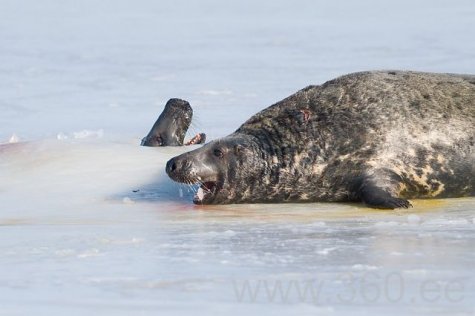Seal season is here!
Text: Bert Rähni, 360.ee
Photos: Simmo Kikkas
Translation: Liis
Grey seal Hallhüljes Halichoerus grypus
Ringed seal Viigerhüljes Pusa hispida
The most important period in the life cycle of seals is now, the early spring-late winter birthing on the sea ice. Most of the females should already have given birth to their pups, or are about to give birth at any moment. Ice conditions again favour the reproduction of the ”furred fish”. For seal enthusiasts the most exciting days of the year have started.
The pictures below are of grey seals on the west coast of Saaremaa last year.
In the Gulf of Riga where most of our ringed seals winter, the fast ice borderline runs from the Häädemeeste shore towards the Bay of Pärnu, then onwards behind Kihnu to Kastna cape and from there towards southern Saaremaa. A great amount of ice floes drift in the open water of the bay. Conditions for giving birth to the next generation are very favourable. The majority of the twelve ringed seals that were marked by researchers in autumn are in the Gulf of Riga drift ice area. Ice ridges usually build up at the border between the fast ice anchored to the shore and the floes drifting with the wind. Cracks, ice hummocks and snowdrifts occur in these areas. The seals can go swimming as well as take breathers, shelter between the ice hummocks and hide the pups in caves dug into the snowdrifts. Part of the seals give birth on the drifting ice, some individuals have found secure places at the fast ice border.
So it has always been - in this sense the ringed seals marking project has not changed existing knowledge. It is interesting that two marked seals winter in the middle of the Väinameri – an area covered for tens of kilometres by up to half a metre thick stable fast ice.
According to literature the ringed seals in the Arctic manage to maintain breathing holes in ice up to a metre thick. Probably our Väinameri ringed seals also keep up breathing holes and holes to get up from, constantly scraping them and blowing through them. There is nothing extraordinary in this, the ringed seals have wintered earlier in the Väinamere. Last year for instance the roadmasters had to adjust the Hiiumaa ice road route because of seal holes.
Sensations rather come from our northerly neighbours’ seal project. Namely, two seals marked in Finland have come to Estonian waters for wintering! One of them should be in the Vormsi neighbourhood and the other in the Gulf of Riga. Until now it has been supposed that ”blood freshening” - ie genetic exchange - occurs to some extent between the Estonian and Gulf of Bothnia populations, but researchers did not venture to make more definite statements. Now there is reliable evidence.
Lacking ice, the grey seals in the photos give birth on isles and reefs too. However, on sea ice there is more space, illnesses spread less and so the survival chances of the young are better. While only the mother is busy around ringed seal pups and only a few more ringed seals may be nearby, the grey seals are flock animals and in the birthing colonies we see many females, and males waiting for mating. The preferred birthing sites of the grey seals are the ice of the Gulf of Riga, and the coastal areas of Saaremaa and Hiiumaa.
We will look for tracks of ringed seals activities on seal tours on sea ice:
and we will try to study seals on kayak trips to Hiiumaa.












